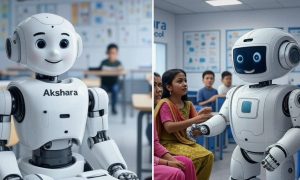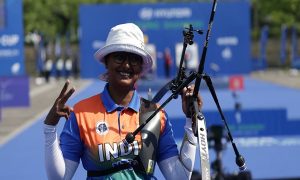Berlin: Scientists have developed an artificial intelligence system that uses portrait photos in combination with genetic and patient data to efficiently and reliably diagnose rare diseases. Every year, around half a million children worldwide are born with a rare hereditary disease. Obtaining a definitive diagnosis can be difficult and time consuming.
In a study of 679 patients with 105 different rare diseases, scientists from the University of Bonn and the Charite – Universitatsmedizin Berlin in Germany have shown that artificial intelligence can be used to diagnose such diseases. The neural network, described in the journal Genetics in Medicine, automatically combines portrait photos with genetic and patient data.
Many patients with rare diseases go through lengthy trials and tribulations until they are correctly diagnosed. “This results in a loss of valuable time that is actually needed for early therapy in order to avert progressive damage,” said Peter Krawitz from the University Hospital Bonn (UKB). Researchers showed how artificial intelligence can be used to make comparatively quick and reliable diagnoses in facial analysis.
These include, for example, mucopolysaccharidosis (MPS), which leads to bone deformation, learning difficulties and stunted growth. Mabry syndrome also results in intellectual disability. All these diseas-es have in common that the facial features of those affected show abnormalities.
The used software can automatically detect these characteristic features from a photo. Together with the clinical symptoms of the patients and genetic data, it is possible to calculate with high accuracy which disease is most likely to be involved. The scientists trained this computer program with around 30,000 portrait pictures of people affected by rare syndromal diseases.




























 WhatsApp us
WhatsApp us